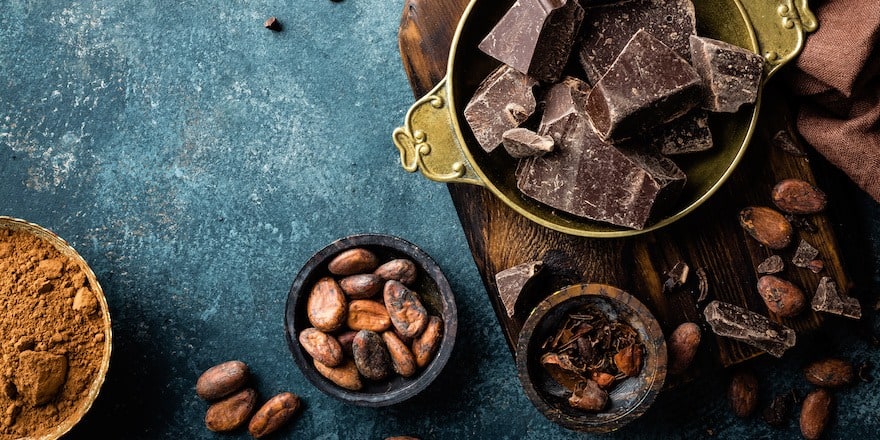Description and functions of tryptophan
Tryptophan is part of the amino acid family and more specifically of the so-called ‘essential’ amino acids (EAAs). In adults, there are a total of 8 essential amino acids (9 in children), including the one we are interested in: tryptophan.
All essential amino acids have one thing in common: they are not synthesized by the body. This means that our body is not able to produce them on its own. Thus, the intake of essential amino acids is primarily through diet.
The intake of tryptophan is even more important as it is the rarest amino acid among the 20 amino acids of the human body. It is also very fragile and easily destroyed by the acidic substances in the body.
The benefits of tryptophan

The main actions performed by tryptophan take place in the nervous system. It plays a crucial role in the brain and directly contributes to the formation of neurotransmitters and brain hormones such as serotonin and melatonin.
Serotonin, also called the ‘happiness hormone’, is a neurotransmitter. It acts as a messenger and shares signals between different parts of the brain.
Serotonin simply allows communication between nerve cells. This neurotransmitter also plays a major role in regulating mood, the feeling of satiety, and sleep…
Melatonin, on the other hand, is called the ‘sleep hormone’. It directly derives from serotonin, which is itself formed thanks to tryptophan. Melatonin is produced during the night to promote relaxation, regulate our biological rhythms, and enable restorative sleep.
Finally, tryptophan contributes to the formation of vitamin B3, also known as niacin or vitamin PP. This vitamin transforms carbohydrates into energy, regulates stress hormones, and cholesterol levels.
Without tryptophan, the body cannot produce serotonin, melatonin, or vitamin B3. However, this essential amino acid also plays a role in other functions. Thus, it:
- Fights against depression
- Increases pain tolerance in the context of sports practice
- Prevents degenerative diseases
- Relieves chronic muscle pain
Warning: when there is a deficiency in vitamin B3 in the body, most of the tryptophan intake is used to compensate and will not be distributed to the brain. To take advantage of the benefits of tryptophan on the nervous system, feel free to also consume foods rich in vitamin B3.
Buy 5-HTP: my selection
5-HTP (or 5-Hydroxytryptophan) is an amino acid made from tryptophan. Once in the brain, it is directly converted into serotonin. It’s in this form that one can easily benefit from the effects of tryptophan.
The good news is that 5-HTP is found in a plant: griffonia simplicifolia, a mood and sleep ally, which also helps relieve migraines.
To purchase, I recommend 5-HTP (from griffonia) in capsules from the brand Nutrimea.
Nutrimea is a French brand launched in 2012. We recommend them for their reliability: they use controlled-origin raw materials and analyze the quality of their dietary supplements in an ISO 22000:2005 certified laboratory.
Their packaging is 100% recyclable, which is important to me.
To get 10% off all their products, use the code ‘DARWIN10‘ (and by using this code, you also help us keep our blog alive).
❤ I like: The good quality/price ratio and the numerous discounts offered (5% via the loyalty program, 3 products purchased, the 4th is free)
★ Customer reviews (Verified Reviews): 4.5/5
☞ Quantity: 90 capsules / 1 month treatment
✔ Discount code -10%: DARWIN10
Symptoms of tryptophan deficiency
Deficiencies in essential amino acids are common. Tryptophan is an amino acid mainly found in animal-based foods (meats, fish, and seafood, dairy products…). People following a vegetarian or vegan diet are therefore more concerned with tryptophan deficiencies.
The lack of tryptophan is exacerbated by the fact that this amino acid is very sparsely stored by the body. Moreover, its release into the blood is very slow and its action lasts barely 4 hours. To experience the benefits of tryptophan, it is therefore important to meet the recommended nutritional intake every day.
The different symptoms of a tryptophan deficiency are:
- Sleep disturbances (difficulty falling asleep, insomnia…)
- Loss of appetite
- Mood disorders (depression, anxiety…)
- Headaches
- Growth delay
- Digestive problems
If in doubt, consult your doctor, who will confirm or rule out a tryptophan deficiency. Taking dietary supplements before medical advice is not recommended.
Recommended Nutritional Intake of Tryptophan
For a healthy adult, it is recommended to consume between 500 and 2000 mg of tryptophan per day.
The recommended dosage then depends on various factors: age, pregnancy or breastfeeding, physical activity… Tryptophan intake is also higher in people following a vegetarian or vegan diet. Feel free to seek advice from your doctor to accurately know your daily tryptophan needs.
Note: tryptophan-rich foods should rather be consumed at the end of the day or in the early evening, at the time of serotonin synthesis in the brain. This will promote sleep and prevent nighttime cravings.
Top 6 Foods Rich in Tryptophan
To fill up on tryptophan throughout the day, it is worthwhile to prioritize certain foods. Here is the top 6 list of foods rich in tryptophan!
Meats and Offals
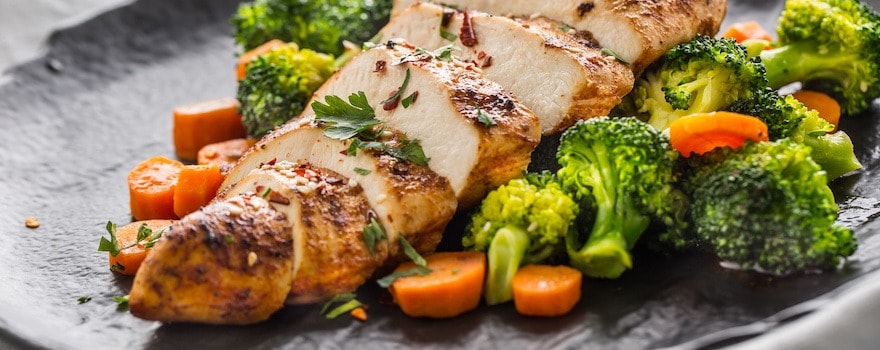
Tryptophan is found mainly in animal-based foods. Favor white meats, like chicken and turkey. For example, 100 g of turkey breast provides 0.37 g of tryptophan. If you enjoy offals, you can consume liver (beef, pork, or veal) which contains between 0.35 and 0.37 g of tryptophan per 100 g.
To enhance tryptophan intake and balance your meat dish, accompany your plate with legumes: soybeans, butter beans, or split peas. A great way to rediscover legumes, which are unfairly neglected today.
Fish, Mollusks, and Shellfish
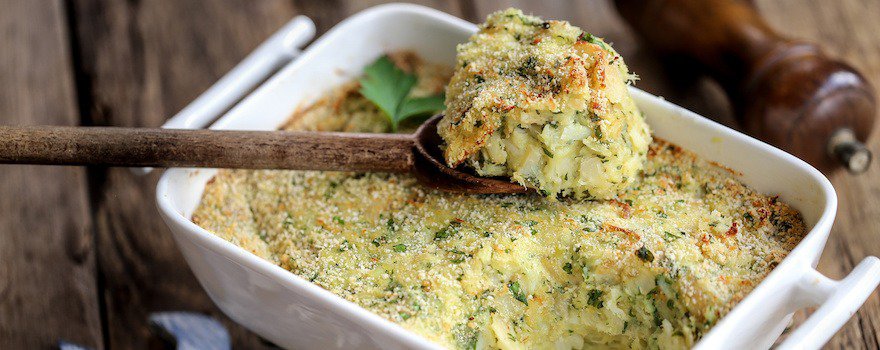
If you prefer fish to meat, it is also possible to indulge while stocking up on tryptophan. A portion of salted cod (55 g), for example, provides 0.39 g of tryptophan. Cuttlefish, octopus, tuna, and salmon are also foods rich in tryptophan.
Baking in foil is a good way to cook fish healthily. A little olive oil, sprigs of dill, and a few drops of lemon: your fish is ready to be baked! Baking in foil has the advantage of preserving the taste and nutrients of the food.
Dairy Products
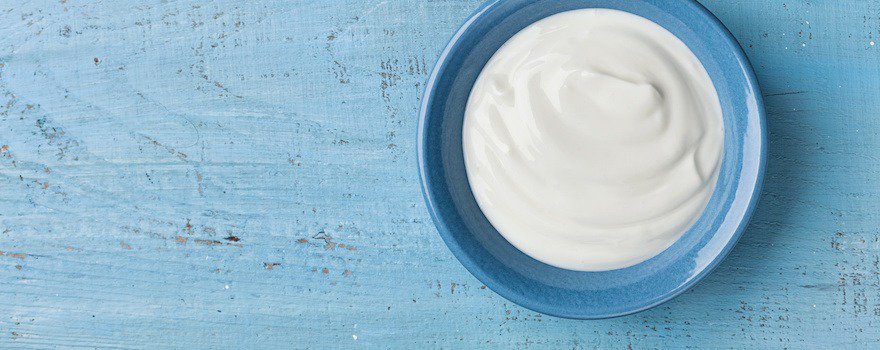
Milk, cheese, yogurts… are all dairy products rich in tryptophan. Favor sheep’s milk, which is more interesting than cow’s or goat’s milk: 250 ml of sheep’s milk provides 0.22 g of tryptophan.
Sheep’s milk can be cooked in the same way as cow’s milk: cakes, rice pudding, homemade yogurts… It has a stronger taste but its nutritional properties are really worth it. Sheep’s milk is also more digestible than cow’s milk. Of course, don’t forget to drink a glass of warm milk before going to sleep!
Seeds

Fortunately, tryptophan is also present in some plant-based foods such as seeds, cereals, and dried fruits. Enjoy pumpkin seeds (0.17 g of tryptophan per 100 g), chia seeds (0.13 g per 100 g), sunflower seeds, or fenugreek.
There are a thousand and one ways to consume seeds throughout the day: add them to a yogurt, a soup, or a salad. More original yet: make delicious seed biscuits. Prepare a dough with wheat flour, egg, caster sugar, rapeseed oil, water, and baking powder. Add sesame, sunflower, and chia seeds. Bake for about 15 minutes.
Brewer’s Yeast

Brewer’s yeast, derived from the fungus Saccharomyces cerevisiae, is not only beneficial for skin or hair beauty. It is also a good source of tryptophan. You can also choose malted brewer’s yeast which means added with malted barley. 100 g of barley provides 0.038 g of tryptophan.
Brewer’s yeast powder can be mixed in a glass of water or fruit juice. However, favor flake yeast which you can sprinkle on your salads, yogurts, and cereals.
Cacao
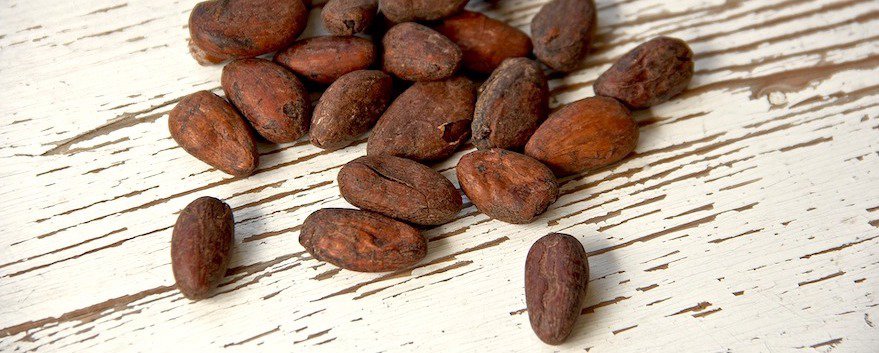
Already rich in magnesium and antioxidants, cacao also has the advantage of being an excellent source of tryptophan: 100 g of cocoa powder contains 0.27 g of tryptophan.
Treat yourself with classic recipes, like a good hot chocolate, or more original recipes using raw cacao beans. You can enjoy them directly or add them to your desserts. If possible, choose certified organic cacao. There’s even chocolate made from raw cacao, which is even richer in tryptophan than regular chocolate!
Dangers, side effects, and overdoses of tryptophan
As tryptophan is barely stored by the body, the risks of tryptophan excess in humans are rare. An overdose of tryptophan can cause digestive disorders, nausea, and insulin resistance.
Consuming tryptophan can also interact with certain medications (sedatives, antidepressants, or anti-migraine drugs).
Do not hesitate to ask your doctor for advice to avoid any risk of overdose.


